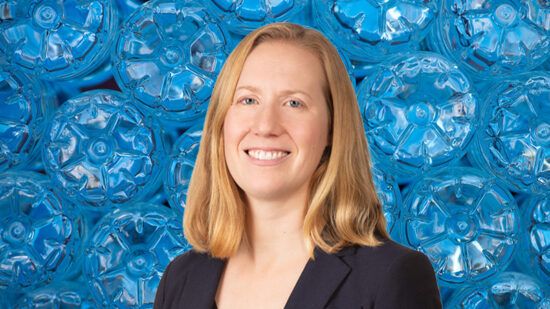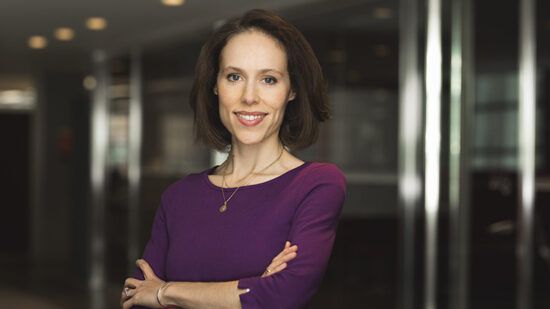Continued strong growth in donor-advised funds in recent years, coupled with increasing client interest in ESG and impact investing, has led many national DAF providers and community foundations to expand their investment options to include positive social and environmental change.
Despite the evolution of these platforms, several myths about a donor’s ability to use DAFs for impact investing continue to be perpetuated in wealth advisory and philanthropic circles. Most of the misunderstandings are the result of outdated information, as some of the largest DAF providers in the country have made significant strides over the past three years to offer donors greater flexibility to choose investments aligned with their personal values and philanthropic intent.
These are five myths about using DAFs for impact investing that stand out:
Myth No 1. Large national DAF providers and community foundations do not offer private debt or equity impact investment options.
Truth. In fact, some of the largest national DAF providers, including Fidelity Charitable and National Philanthropic Trust, offer robust menus of private debt and equity impact investments to their donor clients with account sizes of $250,000 and $500,000 or more, respectively. Chicago Community Trust is an example of a major community foundation that has implemented a menu of local impact investing opportunities for its donor clients. Several additional multibillion-dollar DAF providers, including leading community foundations, are actively developing similar programs.
Myth No. 2. The number of impact opportunities available to DAF account holders is limited.
Truth. At many leading providers, all DAF clients, regardless of account size, have access to multiple liquid, thematic, pooled vehicles (e.g., environmental stewardship, gender equity, financial inclusion, etc.) comprising primarily ESG mutual funds and exchange-traded funds.
Many DAF providers allow donors to make recoverable grants, which are grants given to nonprofit organizations for charitable programming in which the nonprofit agrees to return some or all the capital extended based on the performance of the program. Recoverable grants are highly impactful, and when successful the returned capital can be used to pursue additional charitable purposes. Vanguard Charitable is a leading national DAF provider offering several pre-approved recoverable grant opportunities to a select group of clients.
Myth No. 3. It is only possible to make donor-identified private debt and equity impact investments through a specialist DAF.
Truth. While it was generally true in the past that donor-sourced private funds and direct investments were difficult (if not impossible) to transact except through a specialized DAF provider, it is no longer the case. Requirements vary, but the ability for sophisticated donors to recommend transactions in private market opportunities has become much more commonplace. Depending on the DAF provider, often the donor must retain an investment adviser, and in some cases provide a detailed due diligence report in addition to standard fund documents for approval. Special fees may be assessed for the initial transaction and on an ongoing basis for the duration of the investment.
Myth No. 4. Impact investments in DAFs offer below-market-rate returns.
Truth. This myth doesn’t apply only to DAFs! Impact investments cover a wide spectrum of opportunities, and as such, expected financial returns run the gamut from competitively high to low when compared to their traditional (non-impact oriented) counterparts. Largely financial returns depend on underlying asset classes and investor preference to trade some level of return in exchange for more meaningful social and environmental outcomes. The finance-first DAF holder will discover a growing number of impact private equity funds targeting IRRs comparable to top-performing non-impact PE funds.
Myth No. 5. Using DAFs for illiquid impact investing is at odds with their charitable purpose.
Trust. DAFs offer donors many compelling benefits, including convenience, cost efficiency and flexibility, which is why they have become the fastest-growing philanthropic vehicles. Ultimately their purpose is to support the critical work of charitable organizations. However, in the interim period between a donor’s contribution to a DAF and directing grants to charities, the assets in the account offer tremendous potential to drive positive change through deployment of patient longer-term capital. Donors can recommend investments in renewable energy technology, fund promising entrepreneurs who don’t have access to traditional financing and provide access to clean water. These are just a few of the catalytic investments that are fully aligned with the philanthropic purpose of DAFs.
In summary, the DAF industry has moved concertedly in recent years to offer innovative solutions that satisfy growing donor demand for impact investing. Advisers and their values-conscious clients with DAFs may be pleasantly surprised at new options now being offered by their existing providers or feel more emboldened to demand investment choices reflecting the change they want to see in the world.
Scott Nance is managing director at CapShift.
For reprint and licensing requests for this article, click here








